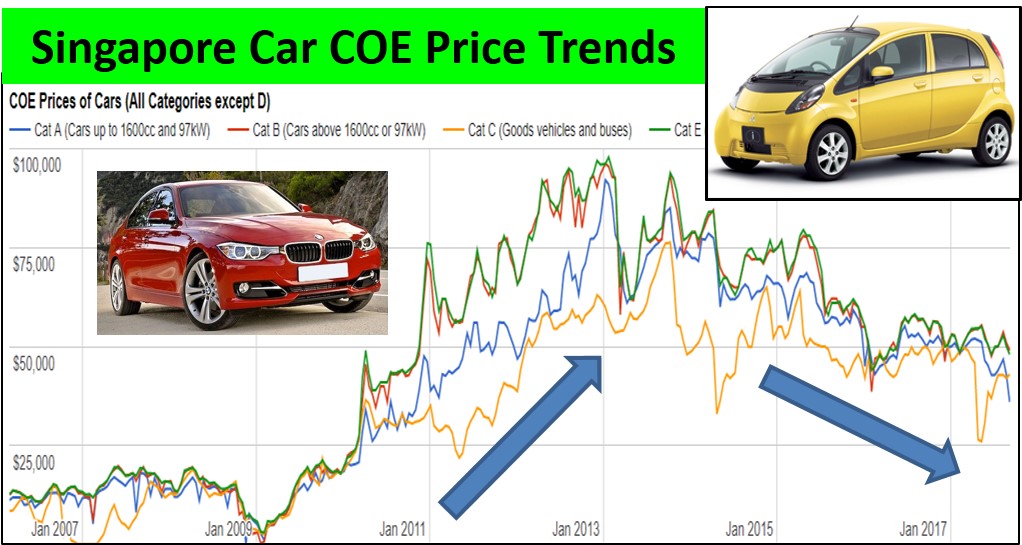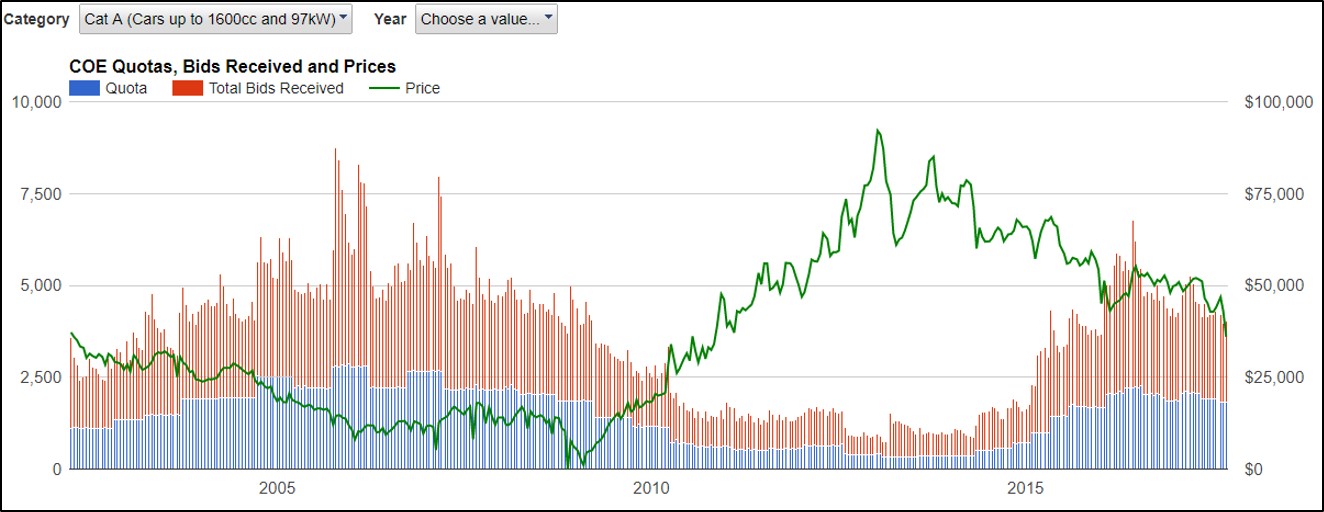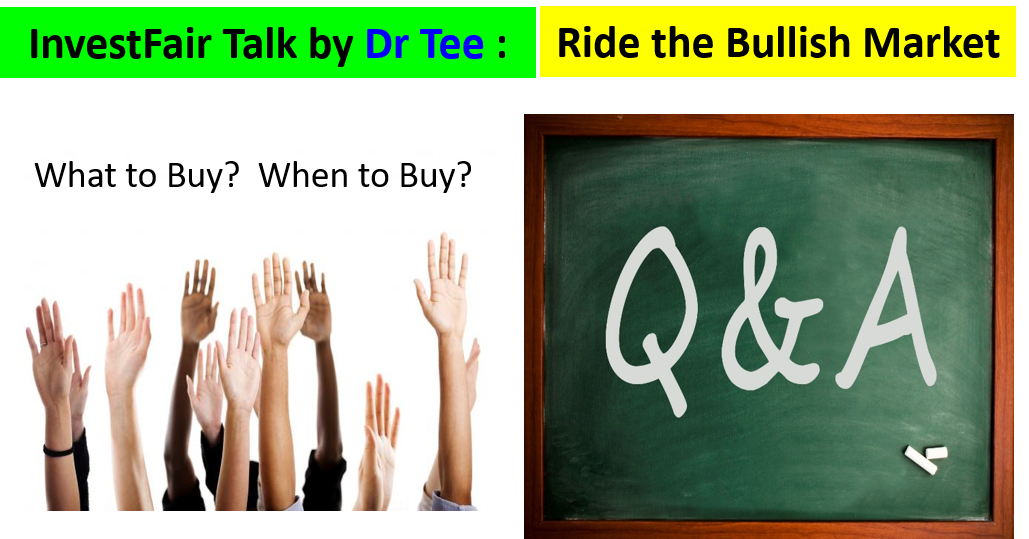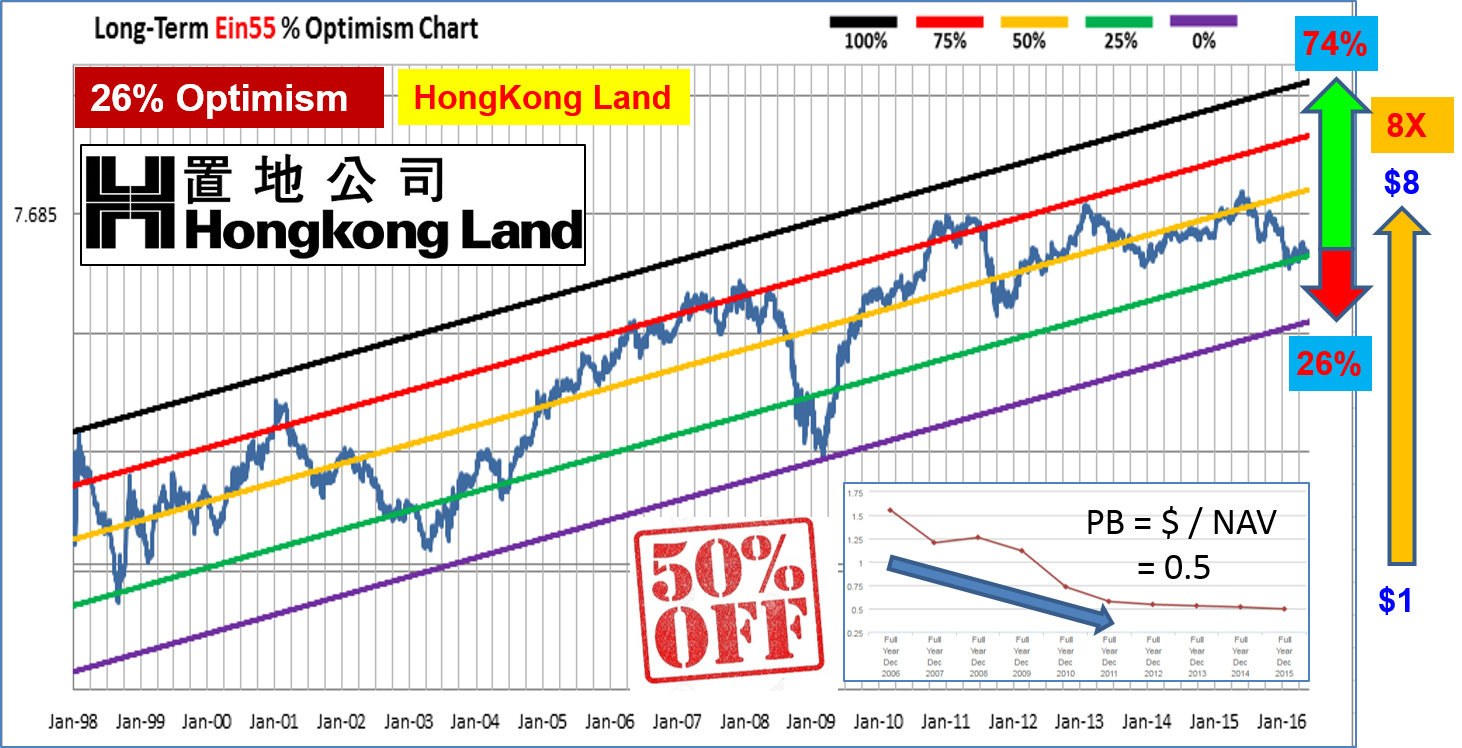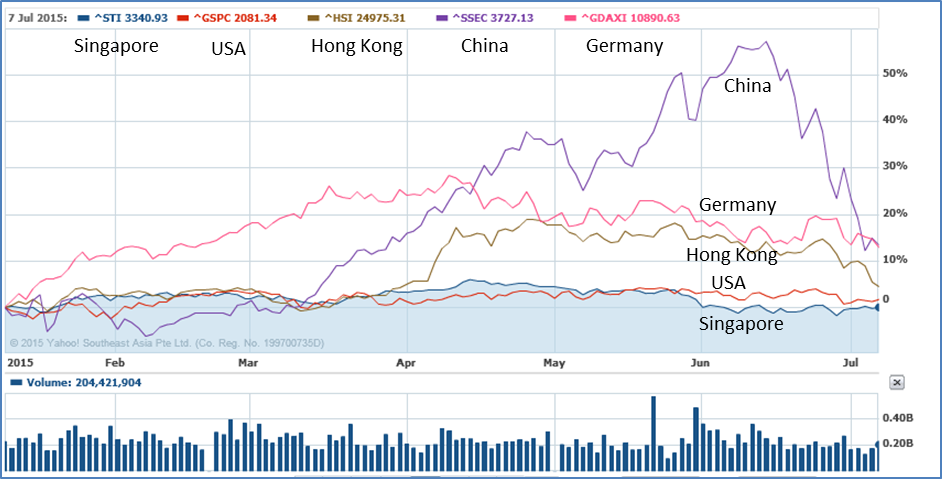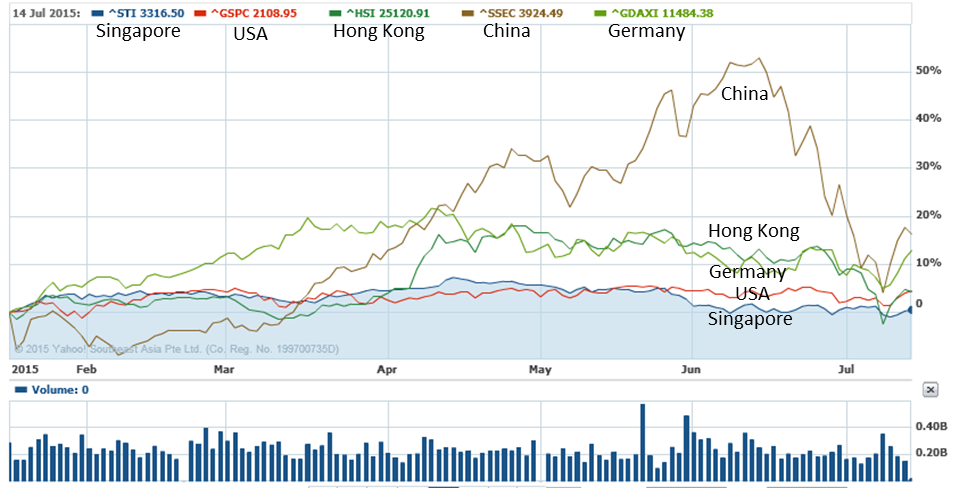
I stay till over 3am tonight (9 May 2018) so far, observing an important historical milestone in my home country, Malaysia: a dramatic change of federal government, from BN to PH. PH will also control 7 state governments (Perak is still uncertain).
Chinese believes in 60 years of cycle duration (5 x 12 = 60, 一甲子), it is about 60 years of BN ruling Malaysia since independence in 1957. 《三国演义》:“话说天下大势,分久必合,合久必分。From the wisdom of thousand years of Chinese history, we learn that when there is common interest, various groups could become friends, but one day, they will split due to internal conflicts again. It will take a long time before the next cycle to split begins, if the new PH government could use this historical opportunities to strengthen the foundation, it could continue to rule Malaysia for several decades.
How’s the impact on Malaysia future economy, stock investment, forex, etc? Short term market reaction so far is a weaker Ringgit vs USD because this is a major change in Malaysia. PH has announced 2 days of public holidays on May 10 and 11, not sure if Bursa stock market will follow the soon-to-be government to rest for 2 days. If yes, there could be some turbulence.
We don’t have to speculate which Malaysia stocks will rise or fall down. Instead, let the trading or investing opportunities come to us. Let the share prices stabilize for a few days after absorbing the market news. It is never too late to grab on investing opportunities in Malaysia.
In a longer term, if Malaysia is under a more efficient government, the economy and stock market will have higher growth potential but it will take at least 1 decade to see the results. PH is still an alliance of different parties, sometimes compromised decision may not be the best but as long as it is fair and transparent, the country could move in a positive uptrend direction again.
Optimism is also crucial for a political system. BN lost in this political tsunami, partly due to past few years of oil & gas crisis and weak ringgit, local people has been at low optimism in life, especially with the rising cost of living (eg. GST). PH may not be lucky as well because currently is Level 4 (global) high optimism, even if Malaysia stock is at moderate optimism, based on a 5 years political cycle for 1 term of government, it is not easy to achieve uptrend in stock market to show the results 5 years later. It is the same situation for Trump in US, who may try to sustain the high optimism US stock market till at least year 2020 as a report card to seek for his second term as US president.
There is no regret to witness a political cycle of a country. Sincerely hope Malaysia will become a better country, being a closer partner with Singapore. Learn about future stock investment opportunities in Malaysia, Singapore and the rest of the world with from Dr Tee free investment courses.


